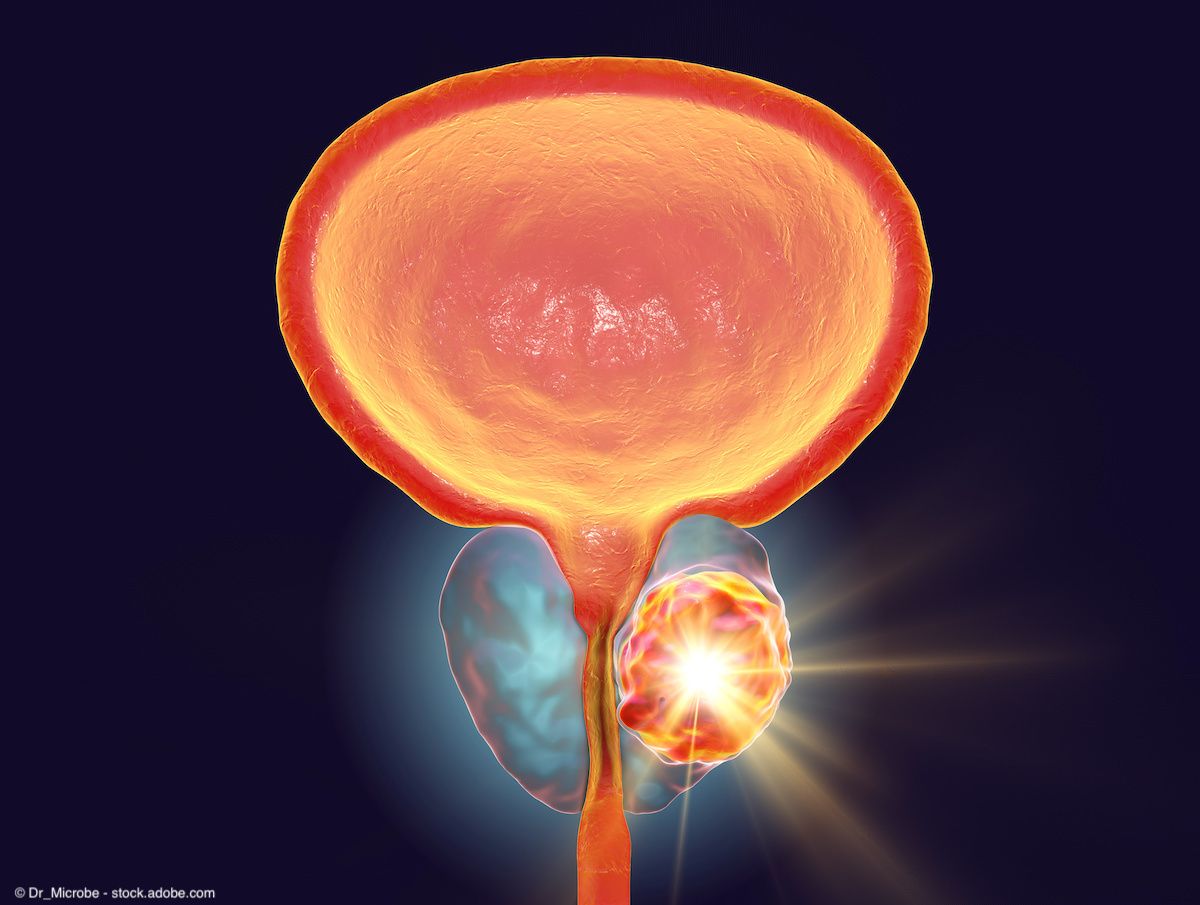A recent JAMA study suggests that prostate-specific antigen (PSA) screening may miss early-stage prostate cancer in transgender women receiving hormonal therapy with estrogen.1
The highest PSA in the cohort was 2.21 ng/mL.
“Many transgender women take estrogen as part of their gender-affirming care,” explained senior author Stephen Freedland, MD, the Warschaw, Robertson, Law Families Chair in Prostate Cancer at Cedars-Sinai, in a news release on the findings.2 “This drastically lowers PSA levels, which could mean the threshold we are using as ‘normal’ is too high to detect early-stage cancer in these patients. We undertook this study to determine typical PSA values for this population so that we can screen them more appropriately.”
For the study, the investigators retrospectively assessed data from a cohort of 210 transgender women aged 40 or older who met the inclusion criteria for the study. To be eligible for analysis, patients must have been a transgender woman with no prior diagnosis of prostate cancer, receiving estrogen, and had a PSA test performed between the ages of 40 to 80 years while they were receiving estrogen. Data was obtained from Veterans Health Administration records.
Overall, the investigators found a median PSA level of 0.02 ng/mL (IQR, 0-0.2 ng/mL) among those included in the study. According to lead author Farnoosh Nik Ahd, MD, this median value is “fiftyfold lower than PSA values reported in similar-aged cisgender men.”2
Additionally, the 95th percentile PSA value was 0.6 ng/mL among those included in the study, with the highest PSA in the cohort being 2.21 ng/mL. For reference, the historic and current threshold for a PSA level that could suggest cancer and warrant next steps, such as a prostate biopsy, is any value above 4.0 ng/mL. According to the authors, this threshold may be far too high for transgender women.1
Sensitivity analyses showed similar distributions of PSA levels when using first PSA (median, 0.08 ng/mL; IQR, 0-0.3 ng/mL; 95th percentile, 0.7 ng/mL) and the median of all PSAs per patient (median, 0.06 ng/mL; IQR, 0.01-0.2 ng/mL; 95th percentile, 0.5 ng/mL).
The investigators found undetectable PSA levels in 36% of patients. Of those with and without an orchiectomy, the rates of undetectable PSA levels were 49% and 23%, respectively.
Overall, the study included 210 patients who underwent a total of 852 PSA tests. Of those, 86% of patients were White and only 2% were Black. The median age of participants was 60 years (SD, 8). The median duration of estrogen receipt at the time of PSA assessment was 4.7 years (range, 0.5-29.9).
“We know that PSA screening reduces the risk that cisgender men ages 55 to 69 will die of prostate cancer, but we don’t know that it does the same thing for transgender women taking estrogen,” Freedland added in the news release.2 “However, because some of these women are being screened, we want to raise awareness that their typical PSA levels are different.”
Speaking to transgender women taking estrogen specifically, Freedland added, “Don’t forget that you have a prostate and that prostates can become cancerous. The best way we know to find those cancers early and reduce the risk of death is a PSA test. And if you choose to do that, keep in mind that the test values are not calibrated for you. Bring your results—and possibly this study—to your urologist so that your results will be interpreted by someone who understands what to do with that information.”2
According to the news release, Freedland hopes to eventually see updated screening guidelines. The authors also indicate that further assessment that is more representative of minority transgender women is warranted.
References
1. Nik-Ahd F, De Hoedt AM, Butler C, et al. Prostate-specific antigen values in transgender women receiving estrogen. JAMA. 2024. doi:10.1001/jama.2024.9997
2. Improving prostate cancer screening for transgender women. News release. Cedars-Sinai. June 26, 2024. Accessed June 27, 2024. https://www.newswise.com/articles/improving-prostate-cancer-screening-for-transgender-women

